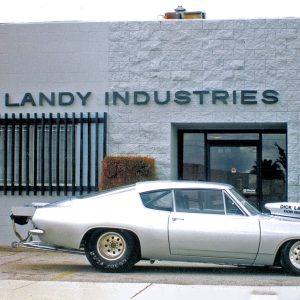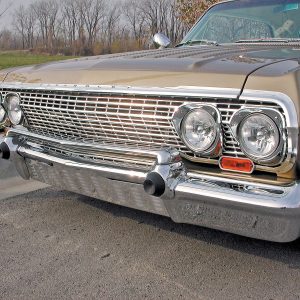Engine

Low in its architecture and functionally beautiful, the LS2 engine is an ideal replacement for a previous generation of Chevy powerplants. It offers good
performance, greatly improved economy and plenty of support from an industry leaders.

Bob Gruitch just thought his car was not performing up to his expectations. A ’55 Chevy equipped with a 502 big block, square port heads and a Crane H296-2 camshaft should be more than enough power. But it lacked power and didn’t idle all that well, especially in gear. This shouldn’t be happening with an engine built by John Gianoli at Reggie Jackson’s High Performance Engine Shop, so Gruitch figured he had something wrong and brought the car to John Bishop’s Hot Rod Tuning Service to have it checked. He’s lucky that he did.
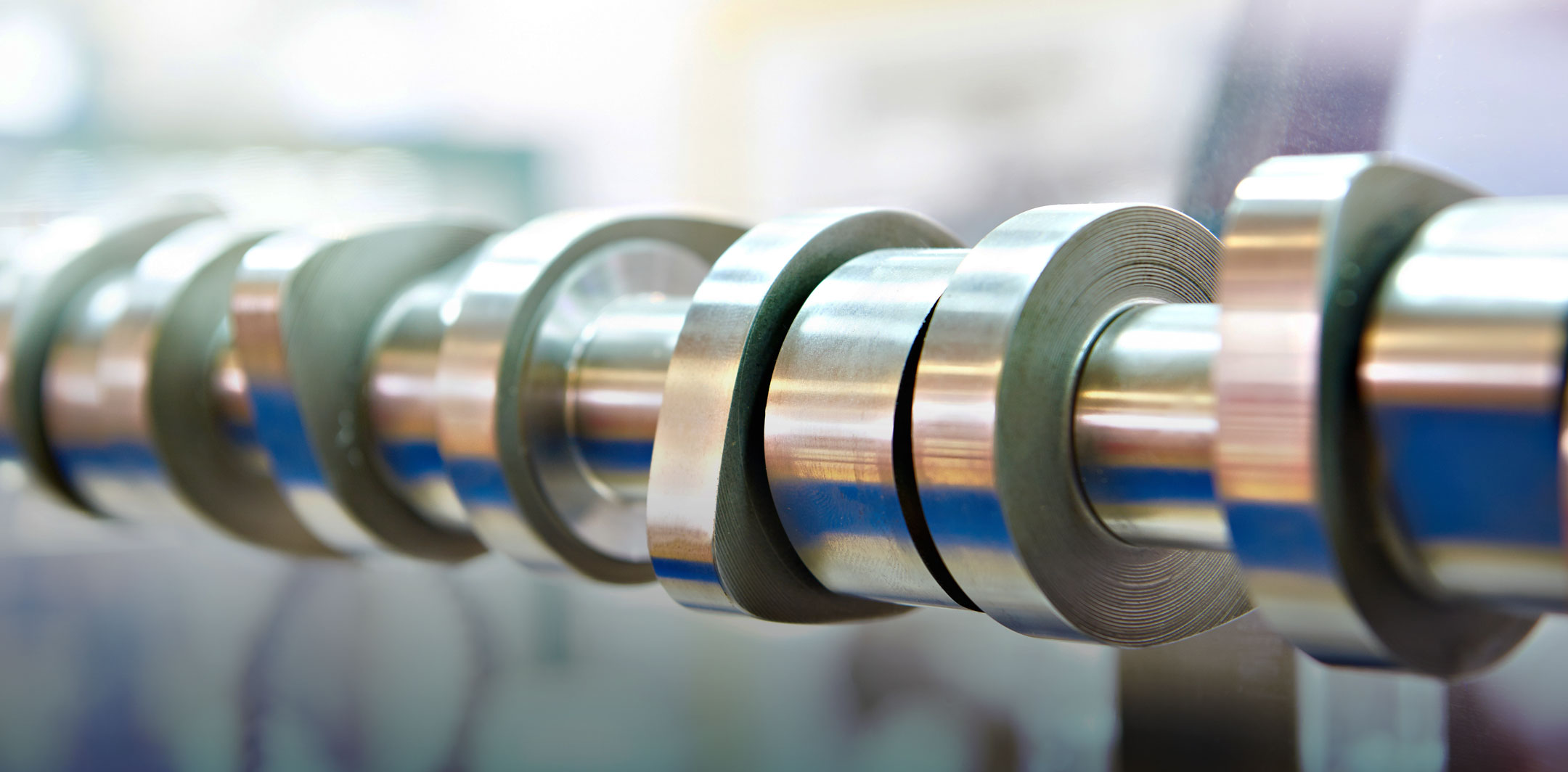
Would you believe that one of these cams could provide an extra 200 hp to your combination? It’s true. Actually, the truth is that the installation of a stock cam will cost you as much as 200 hp.
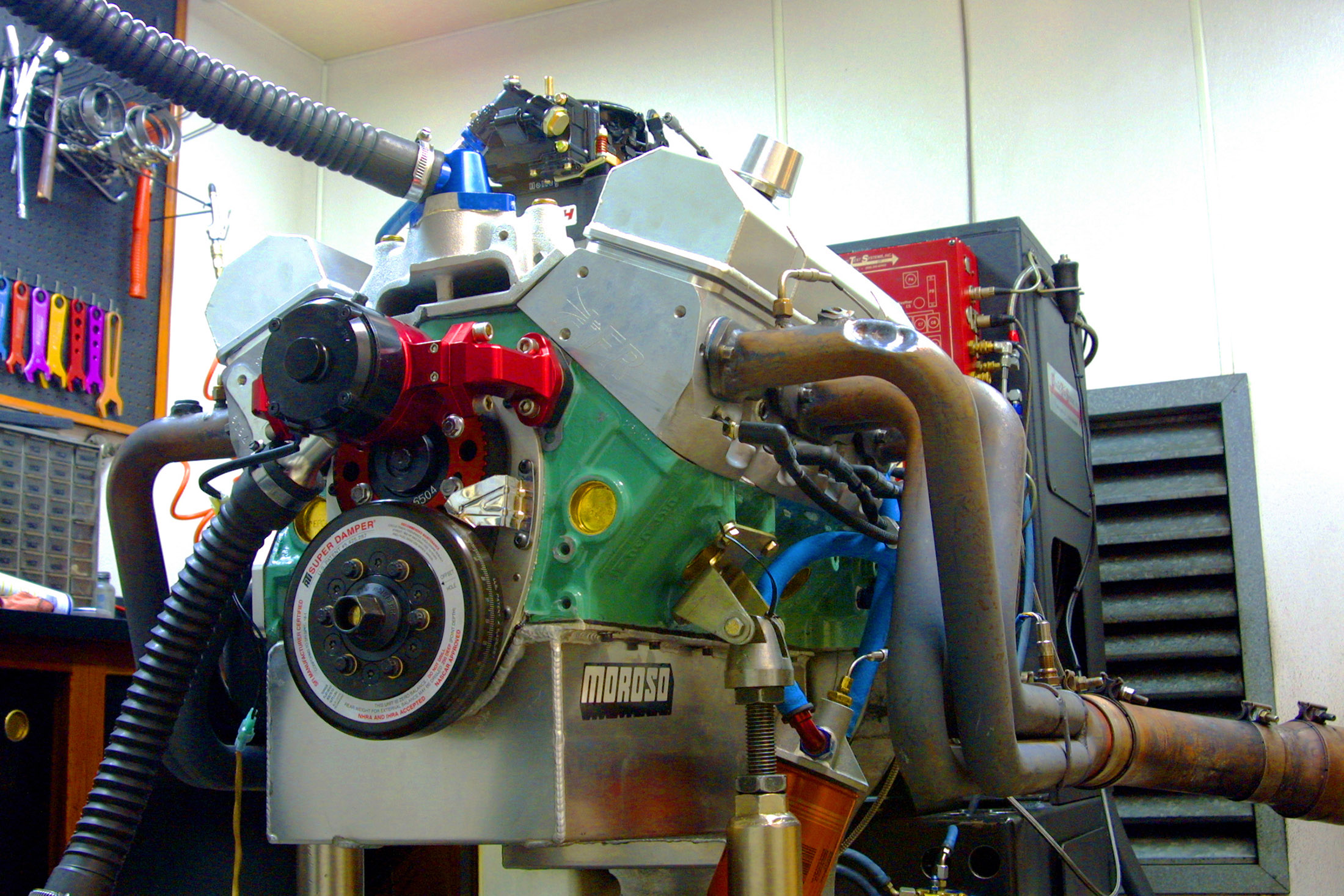
We showed you how to build a small-block engine that could make over 500 hp and 500 lb-ft of torque on 87-octane gas. It was a motor that could be driven just about every day with a hydraulic-roller cam and a good carburetor, making acquisition and maintenance almost nonexistent. Like many things we do in the engine world, the results we enjoyed—while good—just weren’t satisfying anymore. We wanted more.
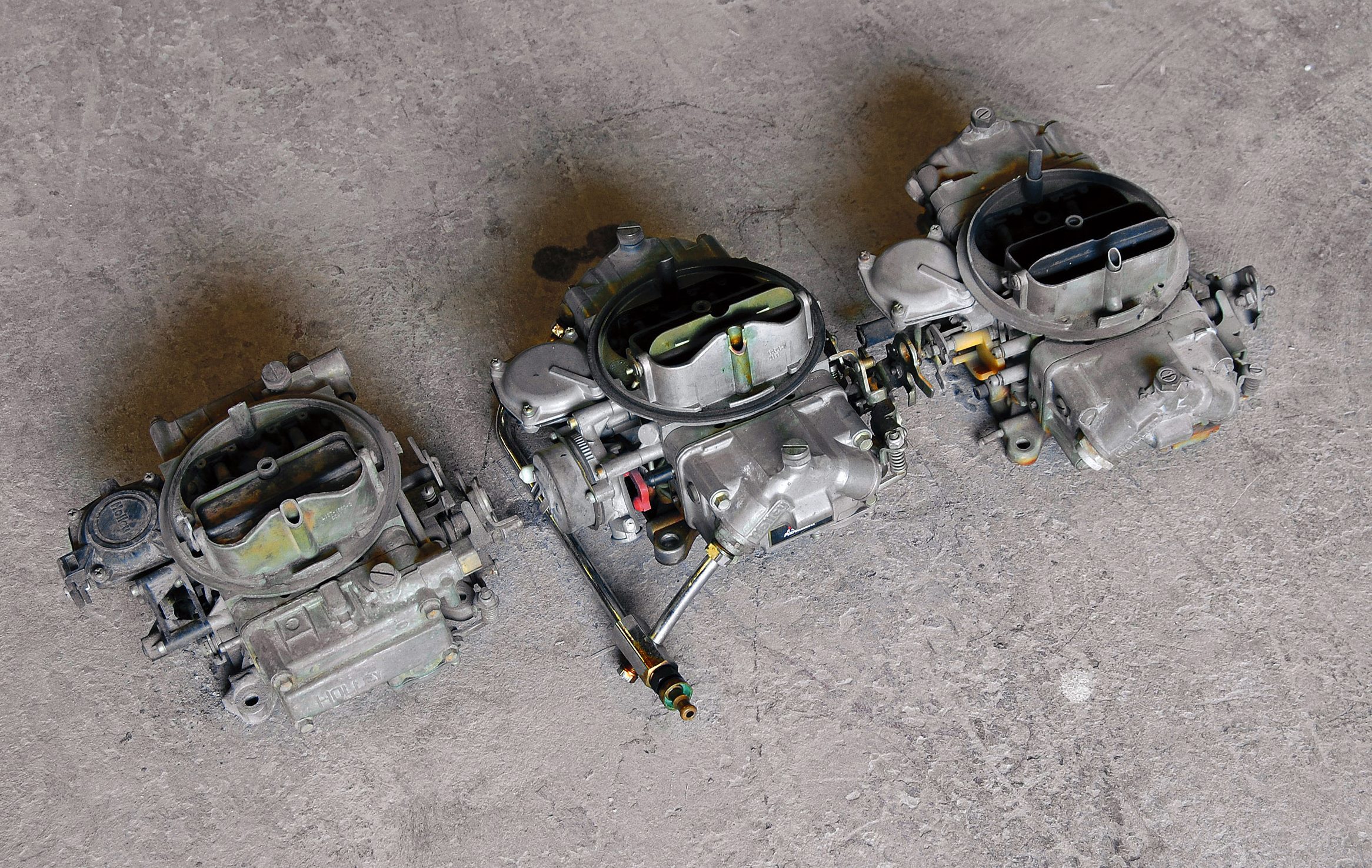
Holley carburetors have long been a staple in the go-fast world of high-performance motoring, whether it’s NASCAR, drag racing or on the street. Much like other performance-oriented products—perhaps even more so with a carburetor—a carburetor requires a fundamental setup and a degree of maintenance, and that’s considering you have chosen the correct-size carburetor for your application, at least to get it in the ballpark. Knowing how to adjust, maintain and even repair your Holley carburetor goes a long way toward helping to ensure that your carburetor will make optimum horsepower for a long time. Because of this, we decided to compile a few troubleshooting and repair tips for the popular 4150-series Holley carburetor, which is the series designation for Holley’s street/strip and racing carburetors.
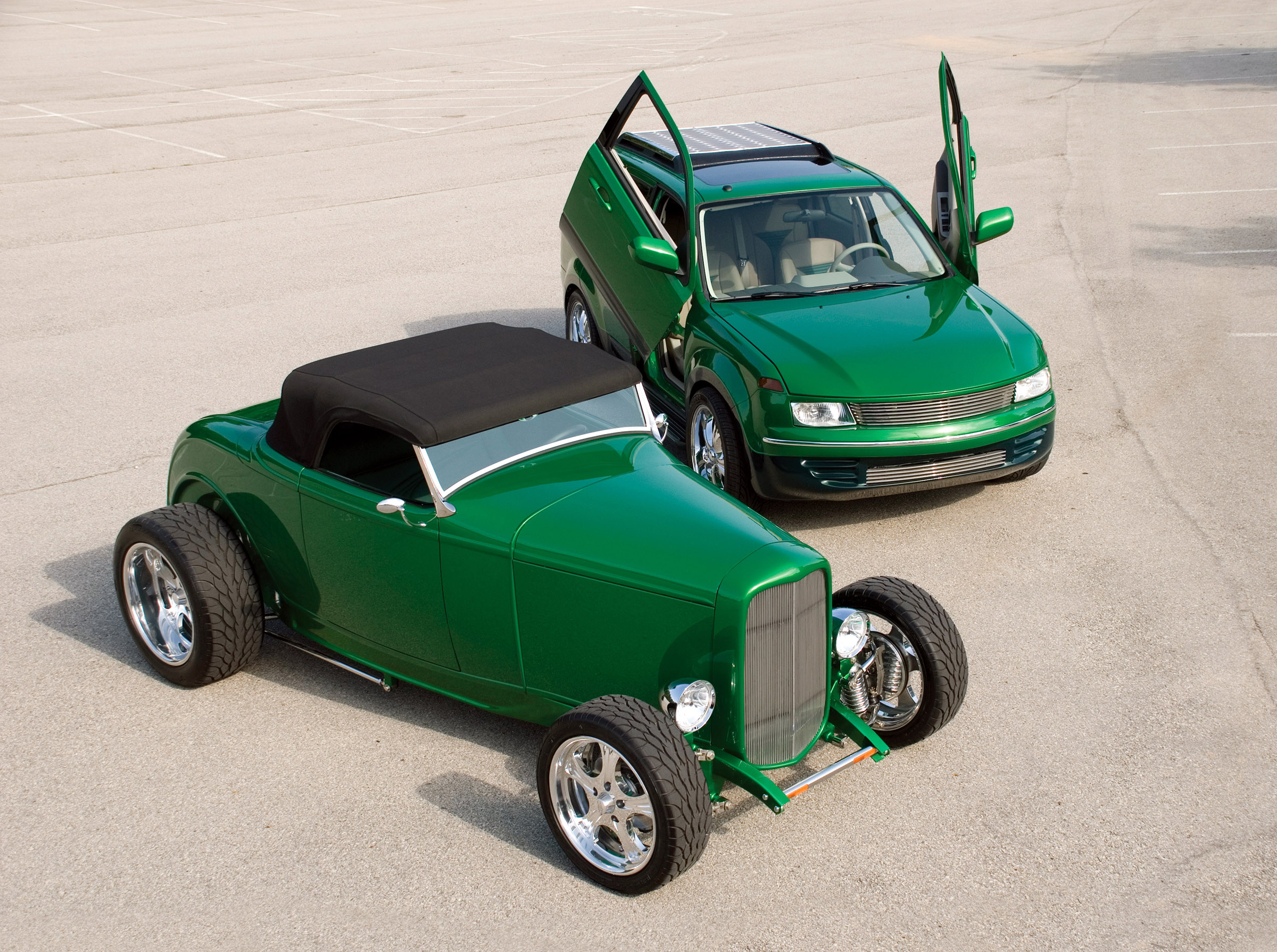
Alternative-fuel sources and hybrid cars are all the rage today. Everyone from major automakers to backyard inventors is pursuing alternative fuels and energy sources. While the ultimate goal is generally to eliminate dependence on foreign oil, for hot rodders there is also the desire to invent and create a better-performing engine.
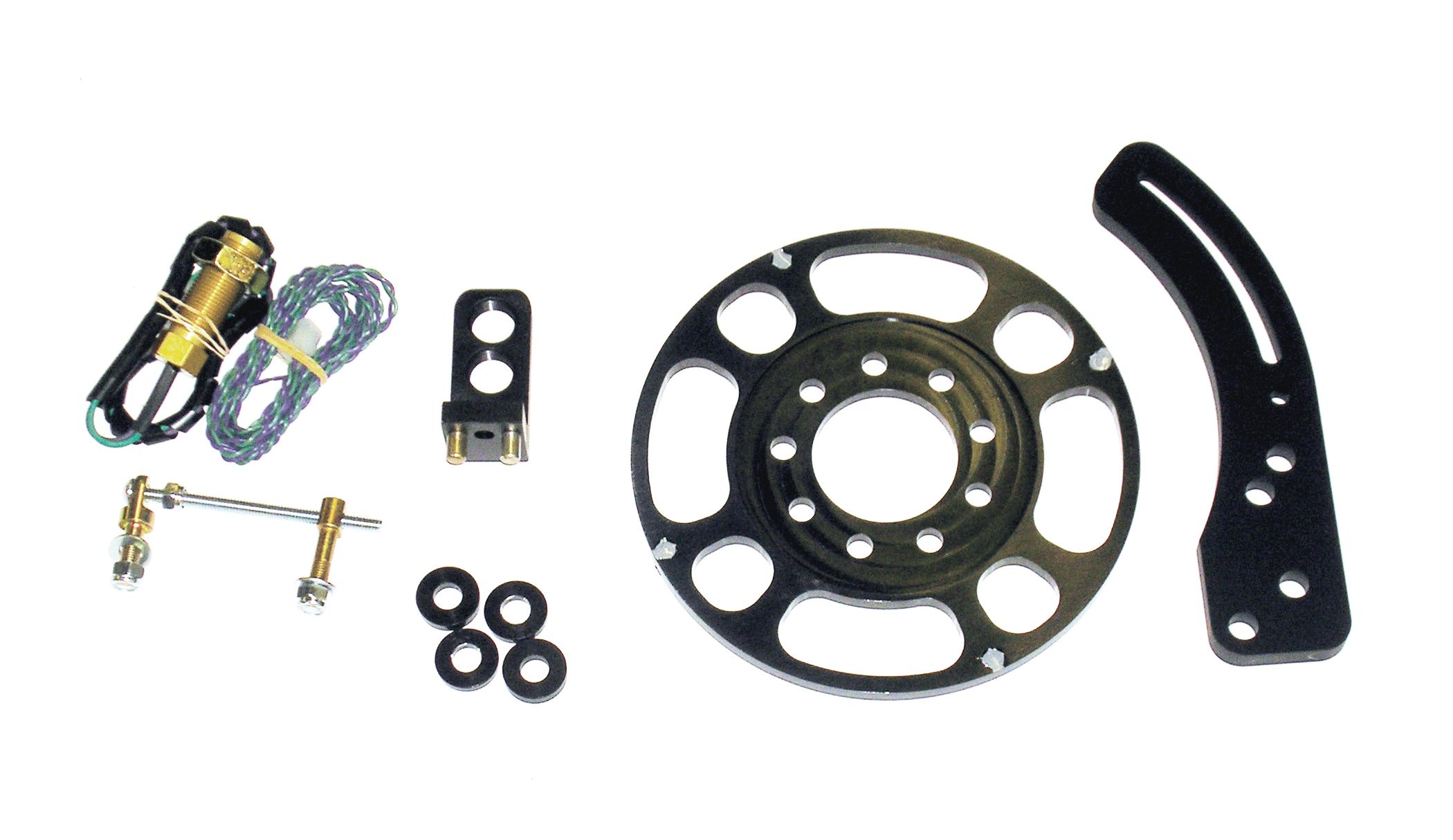
Crankshaft trigger mechanisms have been used in racing applications for a considerable length of time. In truth, they’ve actually been in service for decades. It’s a simple known fact that one of the best ways to improve engine performance is to ensure that the ignition timing is stable. That’s the whole purpose behind such a system, and that’s why racers regularly use them.
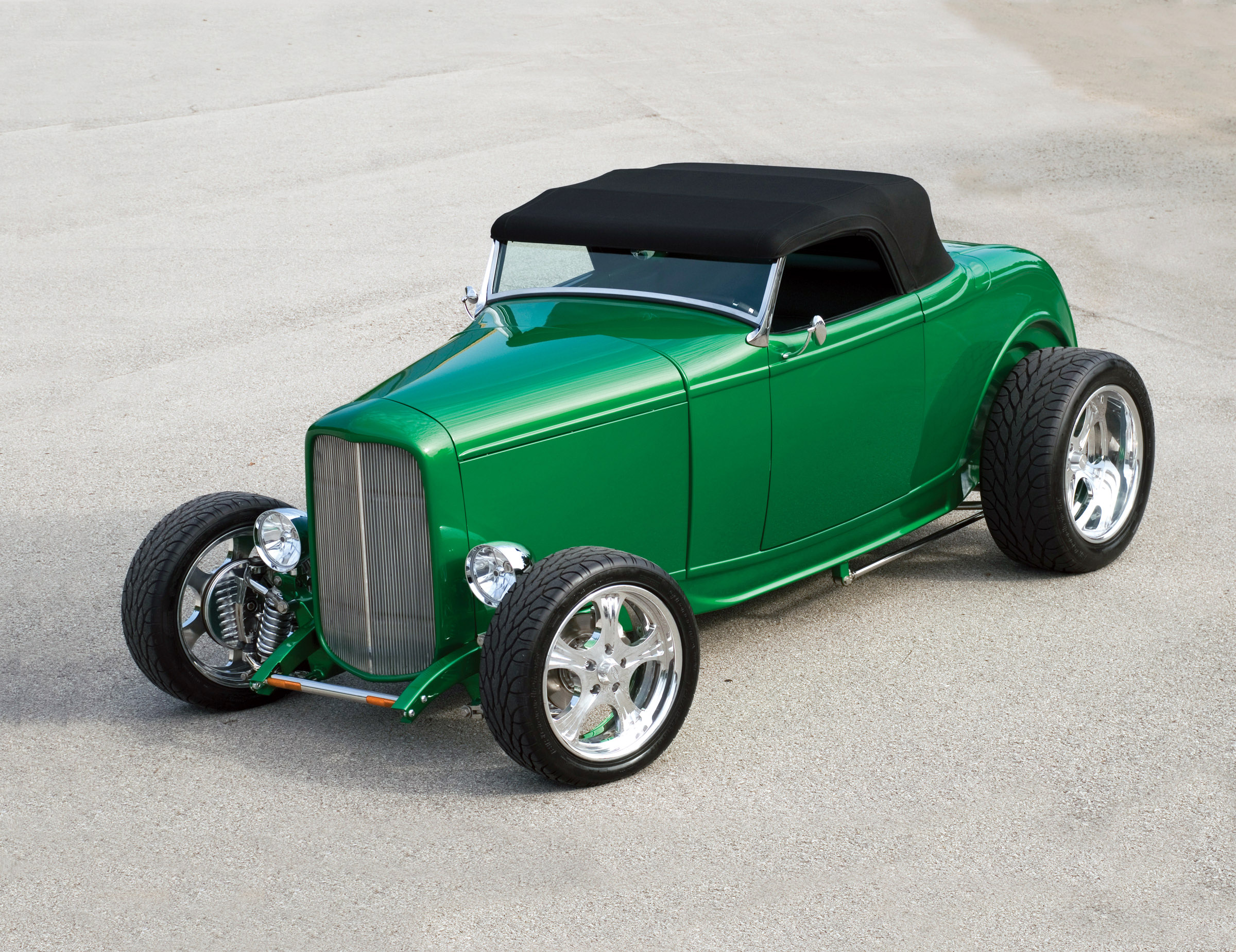
Enter Carl Casper, a man best known for building custom cars and promoting his huge custom car show every year in Louisville, Kentucky. Casper has long been a self-thinker and innovator with plenty of experience under his belt, and he was intrigued with the concept of alternative fuels, hydrogen in particular. During our conversation with Casper, he summed it when he said, “I feel many of the solutions will come out of the car guys. I want the mechanical wizards who have taken street rodding and auto racing to the highest levels imaginable to start putting their creativity into alternative-energy systems. I’m putting my money on them. Everyone seems to be waiting for the big corporations to pull us out of this energy crisis, and they tend to forget that from the very beginning of time it’s often the little guy with a shop behind his house who creates the next great idea or invention of our time.”
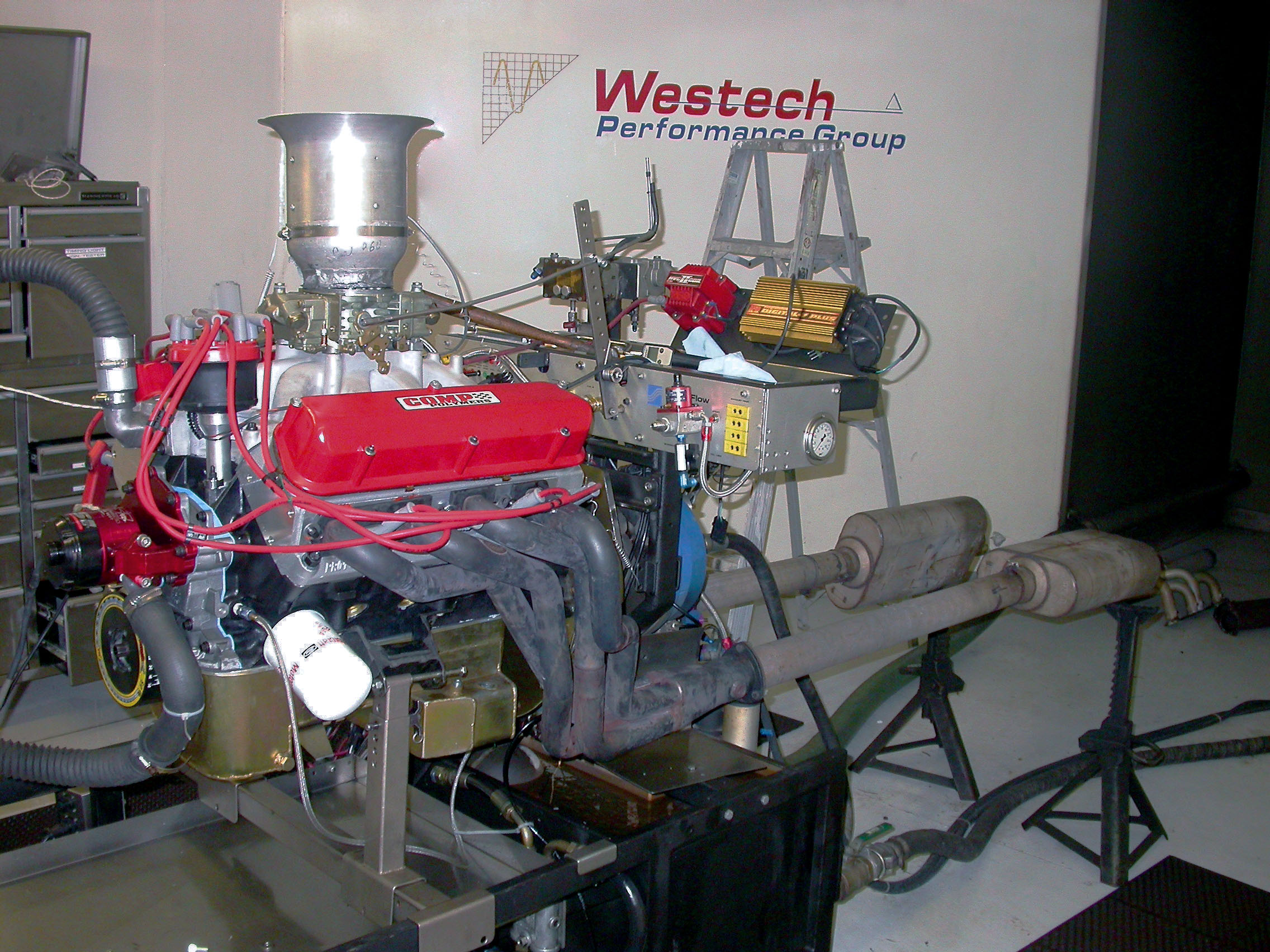
Producing horsepower requires two major ingredients, namely, air and fuel. Of course, the two must be supplied in the correct proportions and at the proper time; but improving power is a simple matter of adding airflow. Naturally, additional fuel will be required once the airflow is improved, but the first item on the horsepower priority list should always be more airflow.
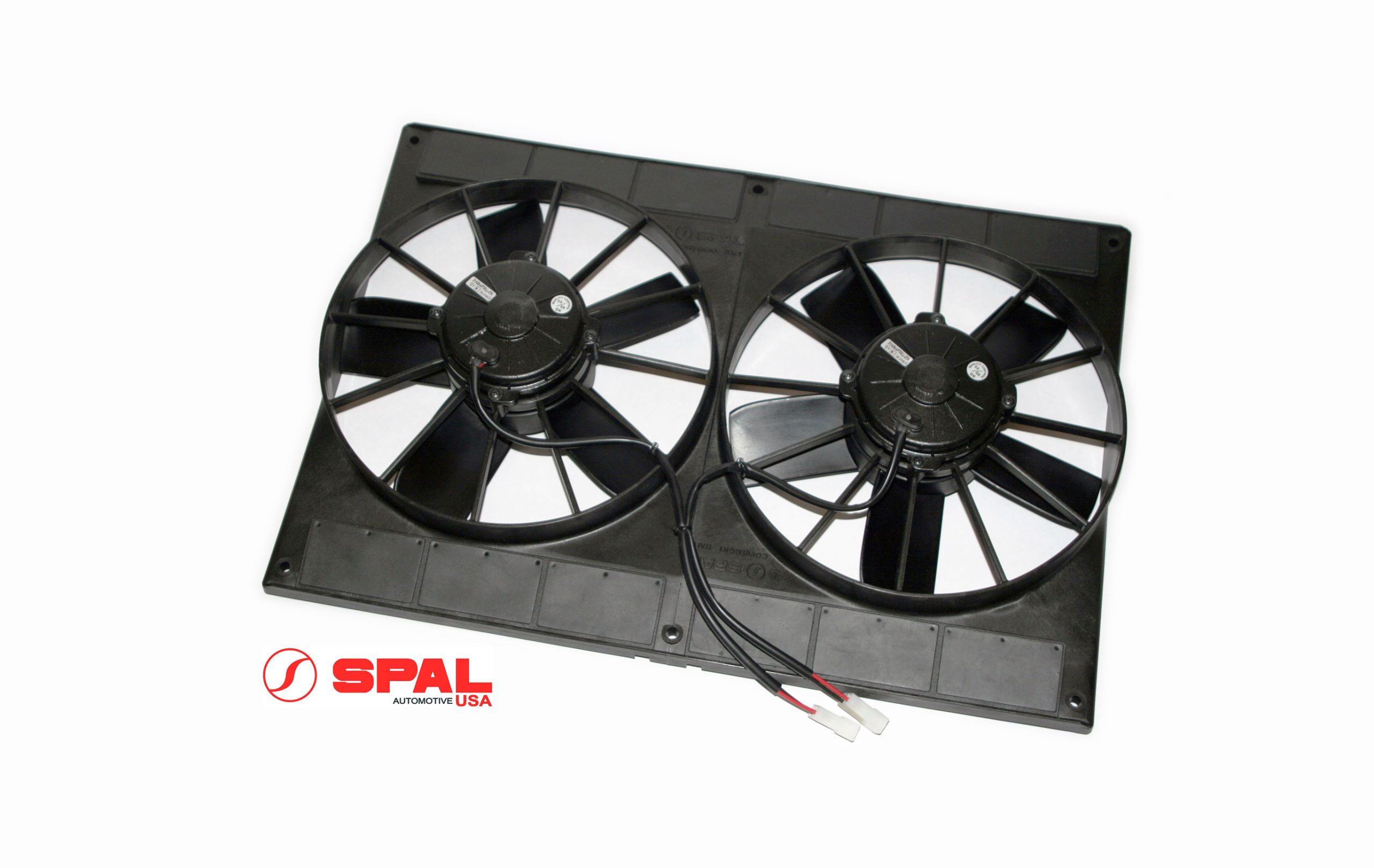
Even though we all dream of blasting through the desert at 130-MPH like Robby Gordon, most of our 4×4 adventures take place at a much more reasonable pace. Unfortunately for our engines crawling along a boulder strewn dry river bed or climbing a goat trail through a mountain pass does not always allow enough airflow to keep our engines cool with a belt driven mechanical fan. Belt driven fans are designed to keep your engine cool when traveling down a street or highway not while crushing boulders at 3-MPH and 1,500-RPM. So what can we do to keep our rigs from boiling over this summer? Follow along with us as we install a pair of 11-inch electronic cooling fans along with a programmable fan controller both from SPAL USA.










